There has been an overwhelming number of drone-related legislative proposals, making it nearly impossible to keep track of them all. It’s like a game of whack-a-mole, where new bills keep popping up, and we must persistently oppose them. However, Senate Bill S1249, introduced by Senator Mike Lee from Utah, poses a particularly serious threat to the future of drone flying in the United States. Whether you’re a recreational pilot, an FPV flyer, a commercial operator, or an RC airplane enthusiast, this bill could significantly impact you, and it demands your attention.
Understanding Senate Bill S1249
On April 2, 2025, Senator Mike Lee introduced Senate Bill S1249, titled the Drone Integration and Zoning Act. At first glance, it appears to be about airspace management, but a closer look reveals its potential to devastate commercial drone operations and hobbyist flying nationwide. This bill isn’t limited to drones—it affects anything flown remotely in the sky.
The most concerning aspect of S1249 is that it would grant states, local governments, and even individual property owners the authority to control airspace up to 200 feet above the ground. This means they could prohibit drones from flying over their property, even if the drone is just passing through at 150 feet. This represents a drastic shift from the current system, where the Federal Aviation Administration (FAA) manages all U.S. airspace from the ground up. The FAA’s centralized control ensures safety, consistency, and national standards, so the rules remain the same whether you’re flying in California or North Dakota.
Why This Bill Is Problematic
S1249 ignores how drone operations function in the real world. Most commercial drone activities—such as delivery services, real estate photography, infrastructure inspections, and agriculture—occur below 400 feet, with much of it happening below 200 feet. Under this bill, the airspace would be fragmented into thousands of separate zones, each with its own local regulations. This would create a confusing patchwork of rules that would be nearly impossible to navigate.
Imagine needing permission from every homeowner along a drone delivery route or being unable to fly because a city has banned drones outright. Planning an infrastructure inspection or a farm survey could become impossible if a single landowner denies permission to fly over their property. This isn’t just a logistical nightmare for drone businesses—it could effectively end recreational flying in many areas. You might no longer be able to fly in rural areas because a property owner prohibits it, potentially facing criminal charges for non-compliance.
Impact on RC Pilots and Model Aviation
This bill also poses a significant threat to RC airplane pilots, FPV racers, and model aviation clubs. These aircraft typically operate below 400 feet, often below 200 feet. Organizations like the Academy of Model Aeronautics (AMA) have spent decades working with the FAA to ensure safe and accessible skies for hobbyists. S1249 could undo this progress, severely limiting where and how these groups can fly.
Additional Restrictions and Urban Challenges
The bill introduces further complications by requiring drones to maintain a 200-foot distance from any structure taller than 200 feet and to fly at least 50 feet above such structures. In cities with tall buildings, this would effectively eliminate access to lower airspace. Delivery drones, photographers, and inspection teams would have nowhere to operate, shutting down entire sectors of the Drone Industry. Even though the FAA would retain control of airspace above 200 feet, it would be required to coordinate with local governments and property owners, adding layers of bureaucracy and confusion.
A Threat to Small Businesses and Innovation
The current FAA system, with tools like LAANC (Low Altitude Authorization and Notification Capability), manages airspace safely and efficiently. S1249, however, isn’t about enhancing privacy or safety—it’s about transferring control of the national airspace to thousands of local jurisdictions with no expertise in aviation safety. This would devastate small drone businesses, which are a significant driver of the industry’s projected growth to over $23 billion by 2030. Real estate photographers, roof inspectors, farmers, wedding videographers, law enforcement, and fire departments all rely on affordable, consistent drone access. A maze of unpredictable local rules could shut down their operations overnight, killing jobs and stifling innovation.
Implications for Emergency Services
Inconsistent local laws could also hinder emergency services that use drones for Search and Rescue, firefighting, or disaster response. If S1249 passes, these critical, life-saving missions could be delayed or blocked by local airspace restrictions, compromising public safety.
A Recurring Bad Idea
This isn’t the first attempt to decentralize airspace control. In 2017, the Drone Federalism Act proposed a similar framework but failed due to opposition from the drone community and the FAA, who highlighted its dangers, inefficiency, and impracticality. Now, S1249 revives this flawed concept in new language. Senator Lee has a history of opposing drones, possibly due to privacy concerns, but this bill demonstrates a lack of understanding of how drones operate and their benefits.
Call to Action
The good news is that S1249 is still in committee, and we have an opportunity to stop it. The names of the committee members will be shared on-screen, and if any are your legislators, please write to them to express your concerns. The bill must not advance out of committee, and our collective voices can make a difference, just as they did in 2017. The AMA and other drone community advocates are raising the alarm, but they need our support.
If you care about this hobby, career, or technology, contact your senators and representatives today to oppose S1249, the Drone Integration and Zoning Act. A link will be provided in the video description to help you find your legislators. Please share this information with anyone who flies drones, RC planes, or values innovation and aviation freedom. This fight is too important to ignore.
Thank you for your attention. If you found this information valuable, please give a thumbs up, subscribe for more content, and as always, fly safe and fly smart.
Discover more from DroneXL.co
Subscribe to get the latest posts sent to your email.
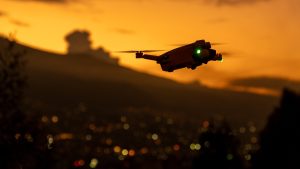





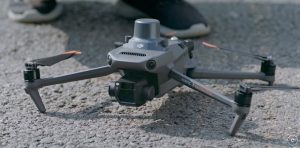


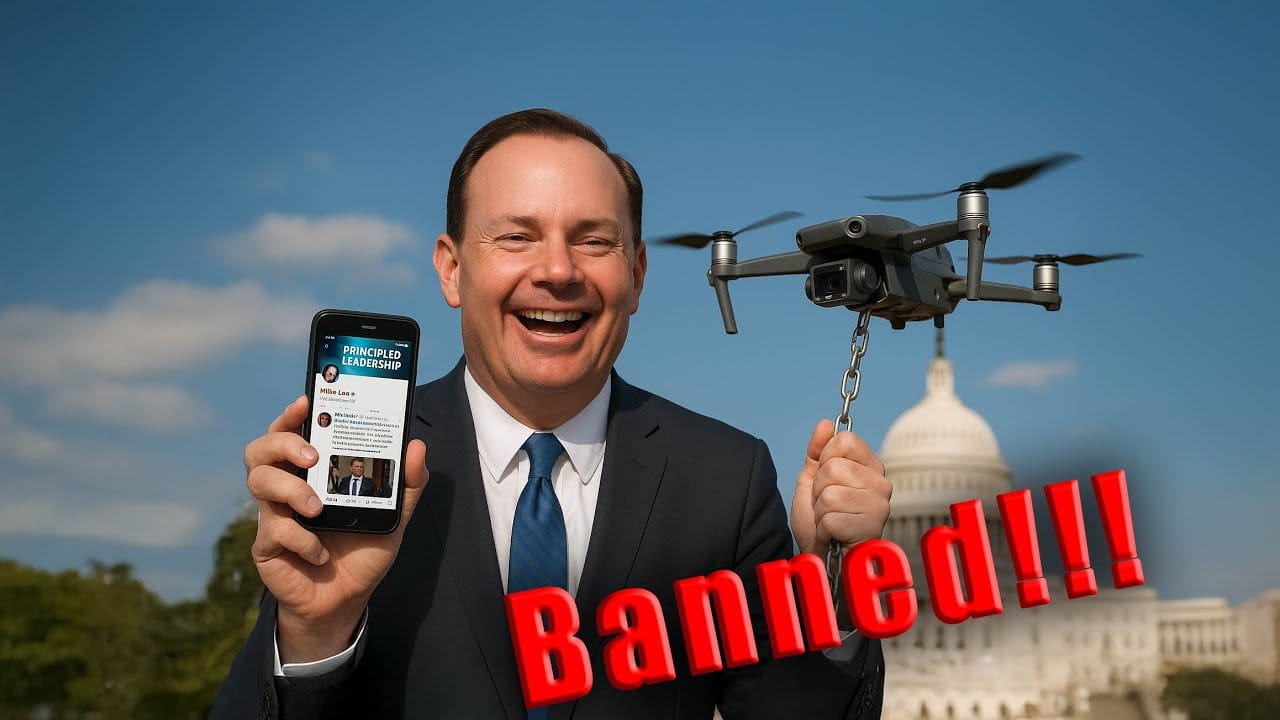

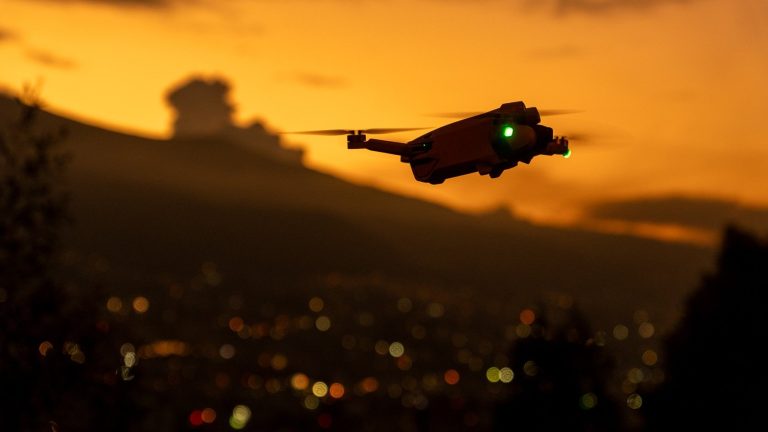
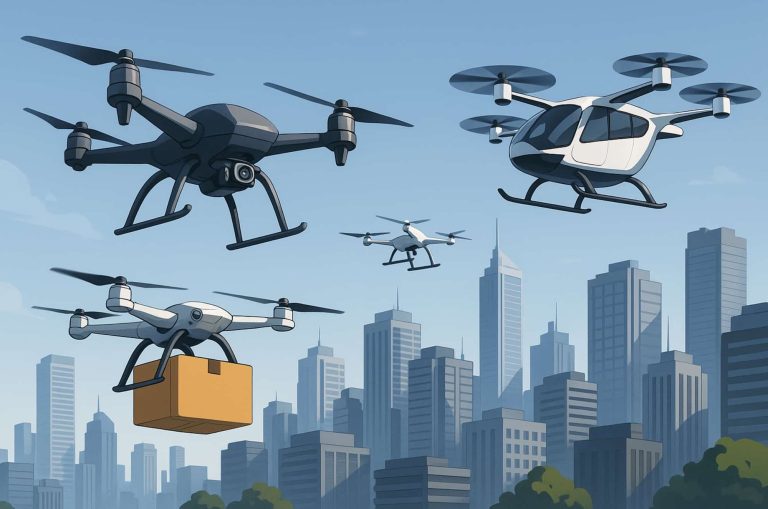
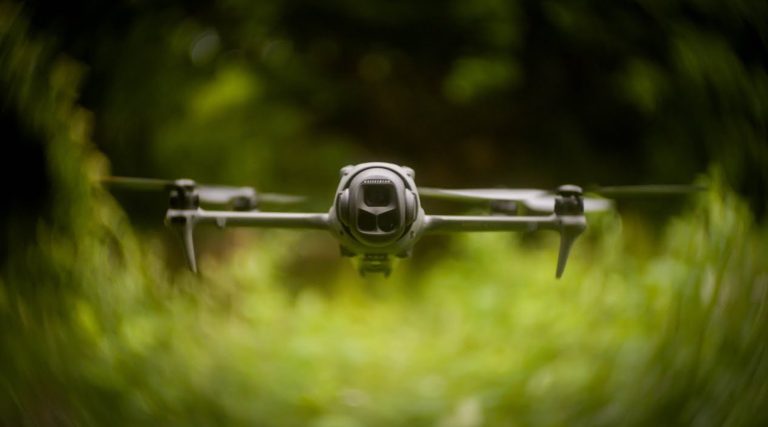

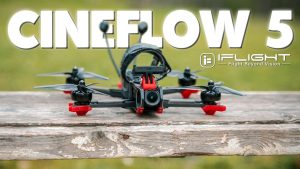
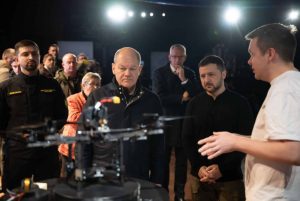

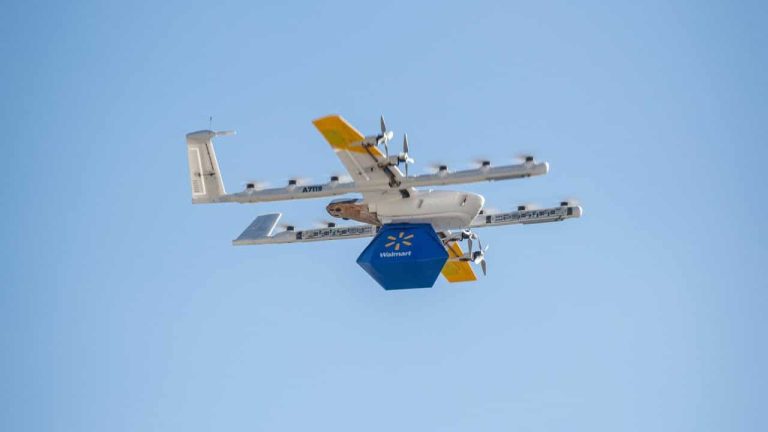
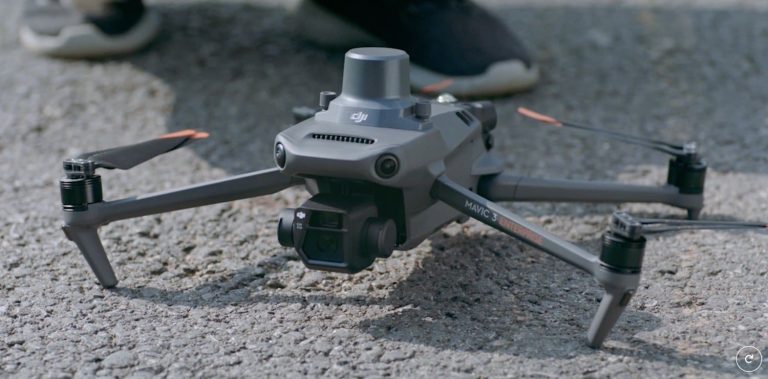

+ There are no comments
Add yours